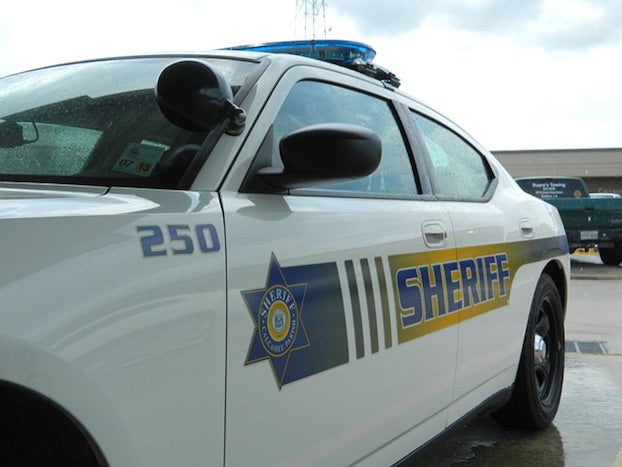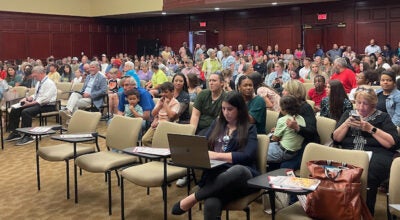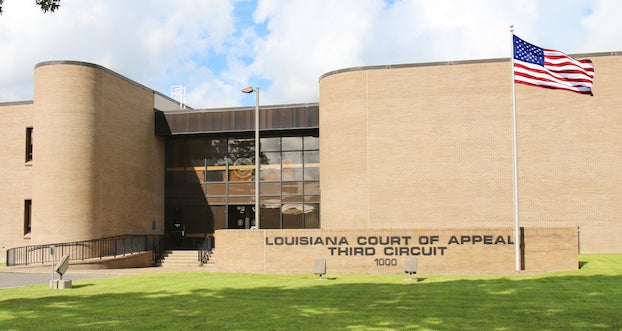Defibrillators saving lives in Louisiana schools
Published 11:25 am Sunday, March 10, 2013
The Calcasieu Parish School Board is working to bring more automated external defibrillators into schools after a man was saved by one at a Sulphur High School basketball game. After the man went into cardiac arrest at the February game, he was administered CPR, along with two shocks from the AED, regaining his pulse.
This is not the first time an AED has saved a person at one of the local schools. According to a school system news release, last year a Western Heights Elementary student went into cardiac arrest during a physical education class. After rescue breathing and CPR techniques had been used an AED finally revived the student, who returned to school later that month. An AED was also used to revive a student at S.J. Welsh in 2011.
Risk manager Skylar Giardina said the school system wants to make sure if another emergency occurs a trained professional will have access to the right equipment. The school system has more than 200 employees CPR/AED certified, according to the release.
Giardina said AEDs cannot be taken off campus.
District 7 board member Mack Dellafosse said that along with bringing in more AEDs, he would like to see the implementation of more CPR training.
“The more safety things that we can have to benefit the kids, the better,” he said. “One life saved is worth having them in every school, and we have to make sure people are properly trained.”
Giardina said all public high schools and middle schools in Calcasieu Parish have at least one AED in place. This was started through the AED Contribution Project in 2008 when a local Kiwanis Club approached the School Board about AED donations.
Since then, St. Patrick’s Hospital committed to assisting the school board in AED placement as well as training for staff. Additional support has come from the Children’s Miracle Network with the donation of more than 20 AEDs.
District 12 board member Joe Andrepont said health issues shouldn’t be discounted just because a person is young. He said providing more AEDs is a step in the right direction to ensuring student safety.
According to a 2012 update from the American Heart Association, of the cardiovascular deaths that occurred in athletes, 54 percent were high school students. A study by Northwestern University’s Feinberg School of Medicine showed increasing health problems of adolescents ages 12 to 19 over a five-year period. Researchers in the study found a higher risk for heart disease because of factors such as diet and physical activity.
“Even though we may think of elderly people as having heart disease, there are high school students that have heart attacks,” Andrepont said. “Even though the percentages are smaller for younger people, it can still happen.”
Giardina said each AED costs about $1,500 and that it would take about $45,000 more to outfit the rest of the schools with the equipment. The AED Contribution Project started before Act 706 was implemented. The law requires that “each high school that participates in interscholastic athletics shall have an AED on its premises, if funding is available.”
“We want to finish getting them into all of the remaining elementary schools,” she said. “If we see a need we’ll also look into having more than one in every school.”
For donation inquiries, call Giardina at 217-4240, ext. 3001.
(Special to the American Press)





